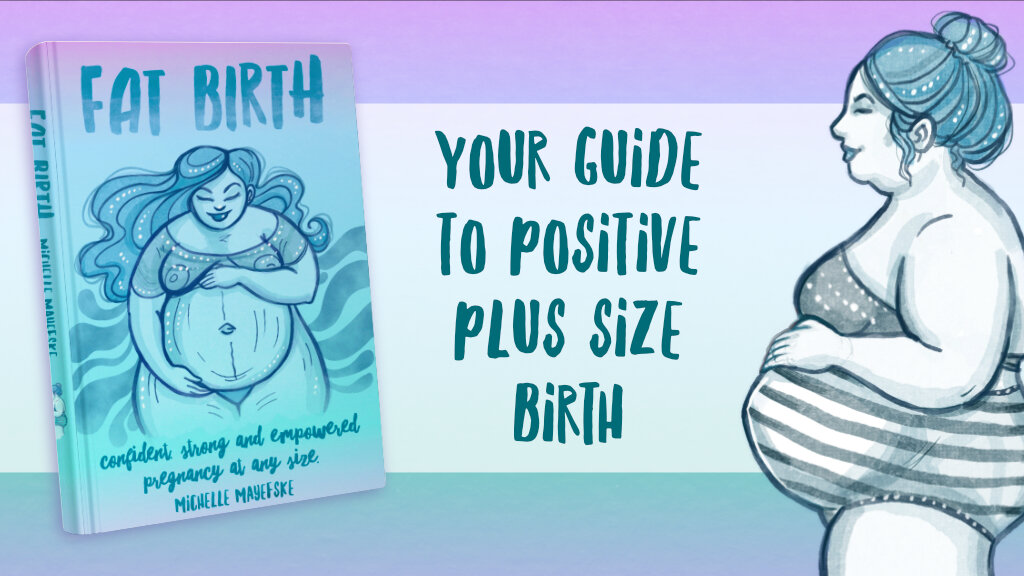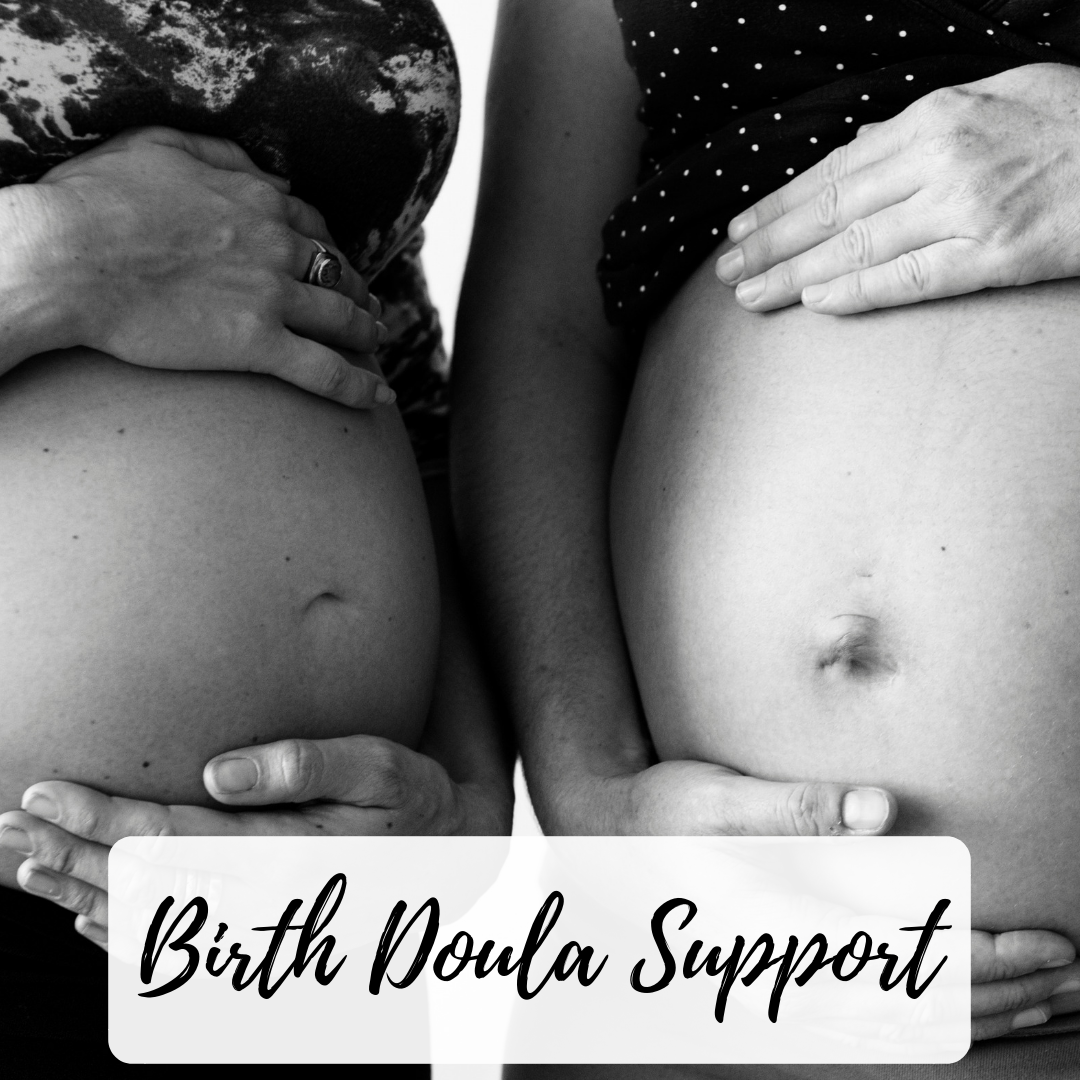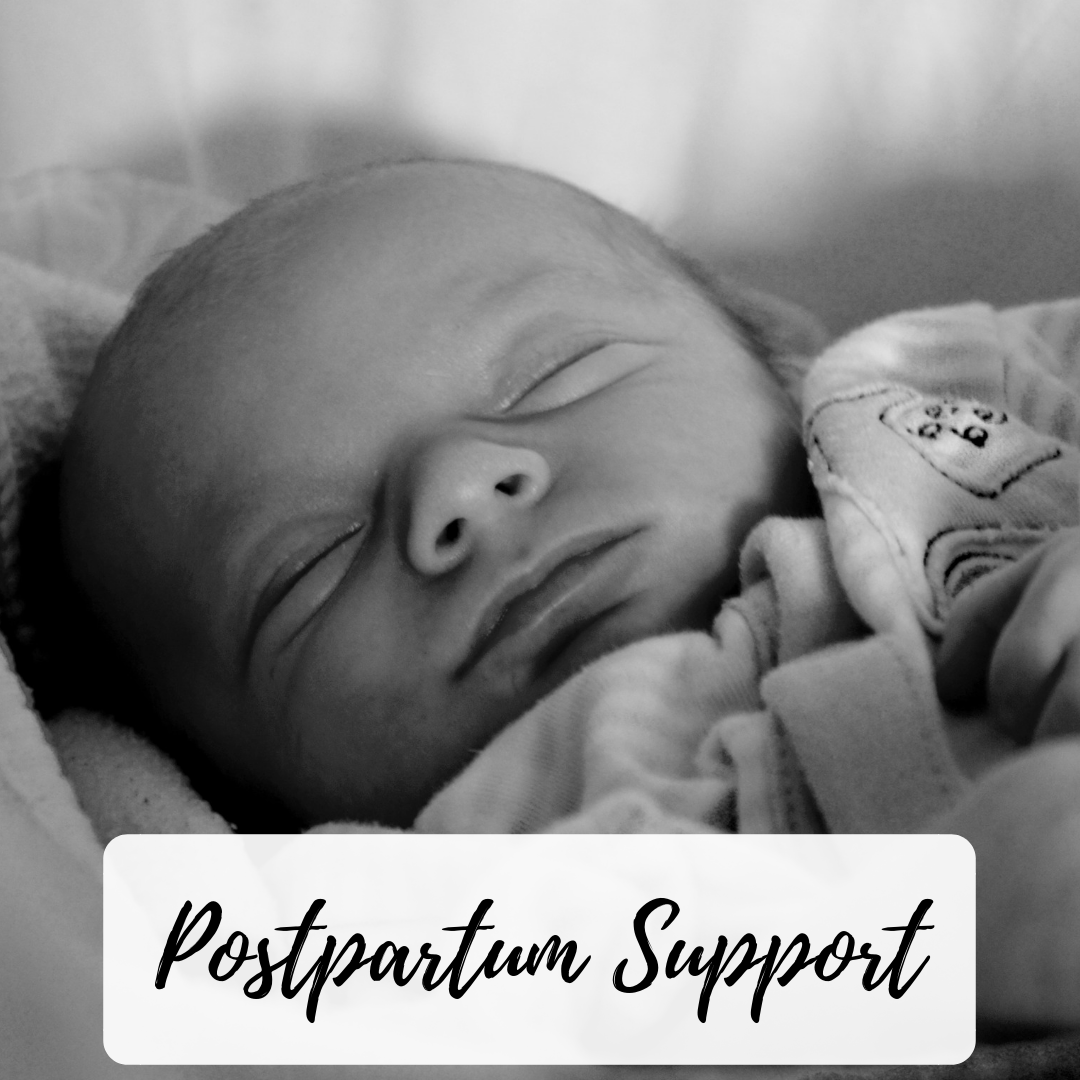So, you've recently had an ultrasound scan and have been told your placenta is "anterior" but what exactly does that mean for you, your pregnancy and your baby?
An anterior placenta simply means your placenta is attached to the front wall of your uterus. It is another variation of normal, although it is less common than placentas which are attached to the back wall of the uterus, called posterior. Where your placenta develops depends upon where your fertilized egg embeds within your uterus following conception. This placental position is not related to having a low lying placenta, also known as placenta previa, or breech presentation.
BABY’S FIRST MOVEMENTS
Most moms feel their first foetal movements somewhere between 16- 24 weeks of pregnancy. Those with an anterior placenta may begin to feel these movements later or feel less strong movements because the placenta is there cushioning the commotion! It is also common to feel movements on the sides or lower part of the uterus more strongly. No matter where your placenta is located, you will notice a pattern in your baby's movements over time. If you feel a change in this pattern or are concerned about an absence or reduction in movements, always get in touch with your provider. If you are near 24 weeks and have not felt movements, this would be another time to make that contact.
TESTING IMPLICATIONS
Amniocentesis is a common antenatal test which may be recommended for a number of reasons, including if your baby has a potential infection, for foetal lung testing and/or if there is a higher chance of your baby having genetic conditions, such as Down’s Syndrome. The test is performed by a medical provider who uses an ultrasound while simultaneously inserting a hollow needle into the womb which removes amniotic fluid containing foetal cells for testing. If your placenta is anterior, on the front wall of your uterus, this procedure is more difficult but not impossible. Extra care would be given to ensure the needle does not puncture the placenta.
FOETAL POSITIONING
Those with an anterior placenta are more likely to have babies who are in a back-to-back, aka posterior, position both during pregnancy and labour. This posterior position also increases the chances of a mother experiencing back labour. When this is the case labour may be longer, more intense and the chances of having a caesarean increase. There are things expecting parents can do to encourage their baby into a more optimal position for pregnancy and labour. The good news is most babies will turn prior to labour starting.
Access my 1:1 antenatal education sessions to help you prepare for your positive birth by getting in touch with me now.








